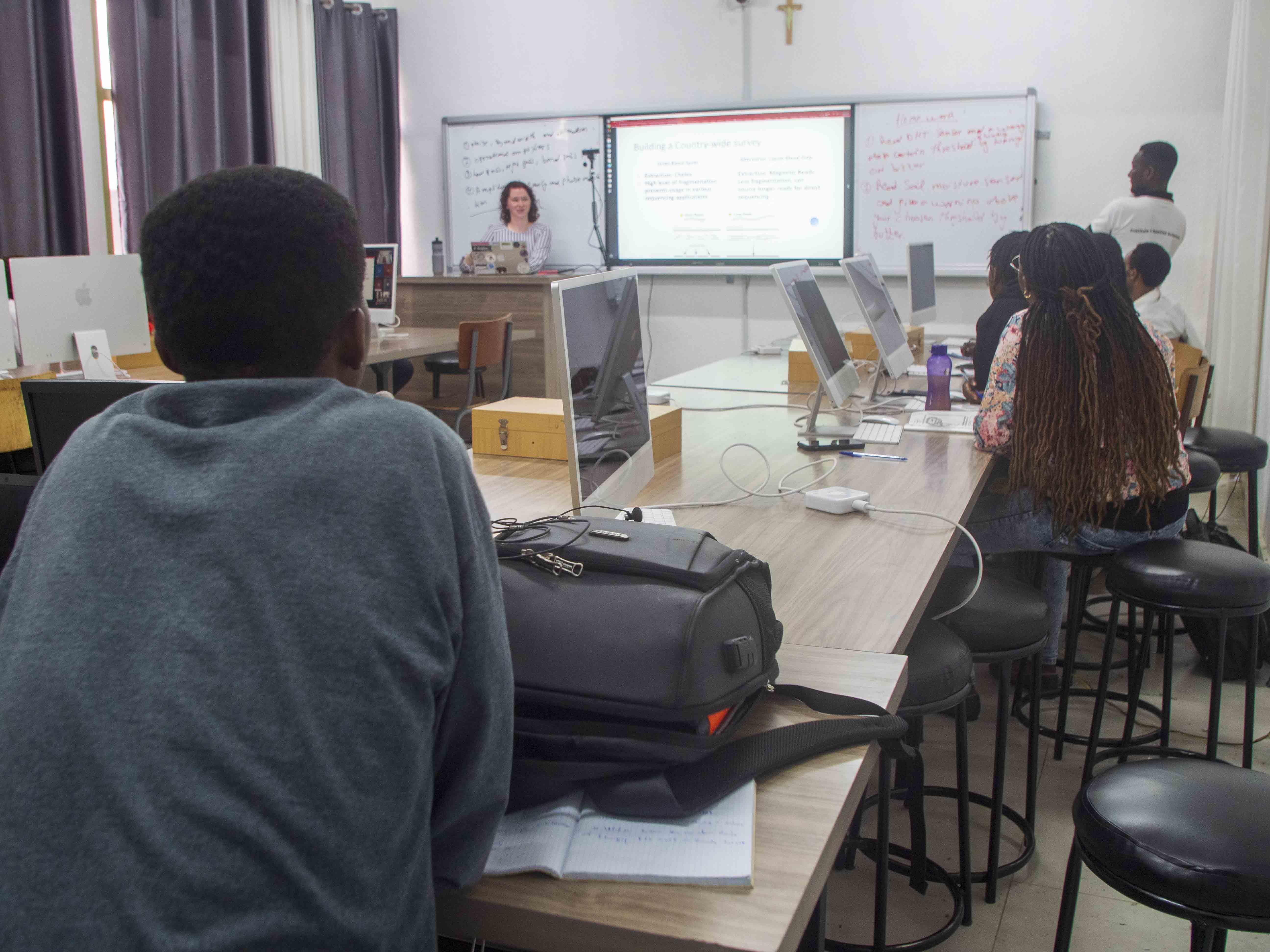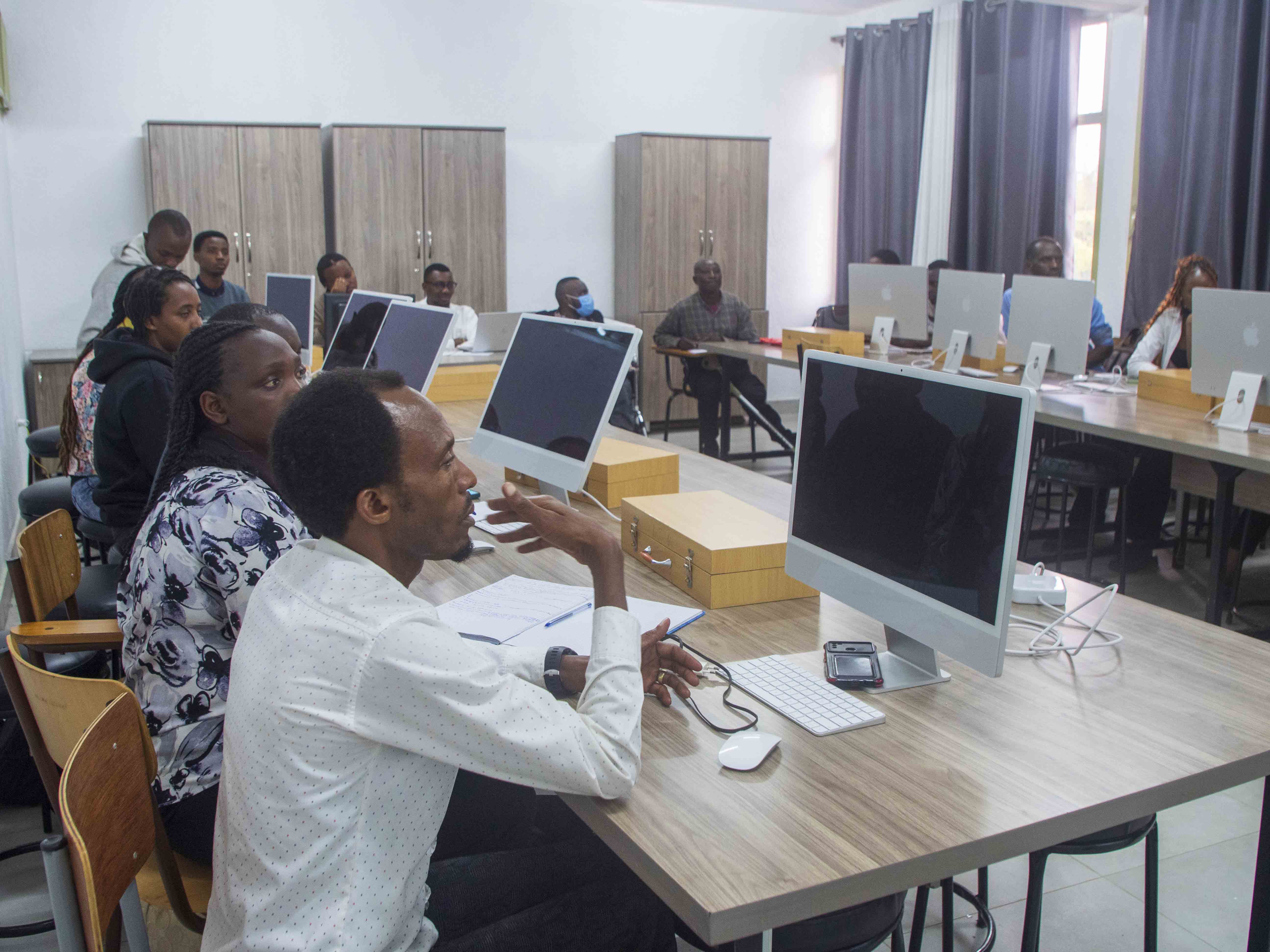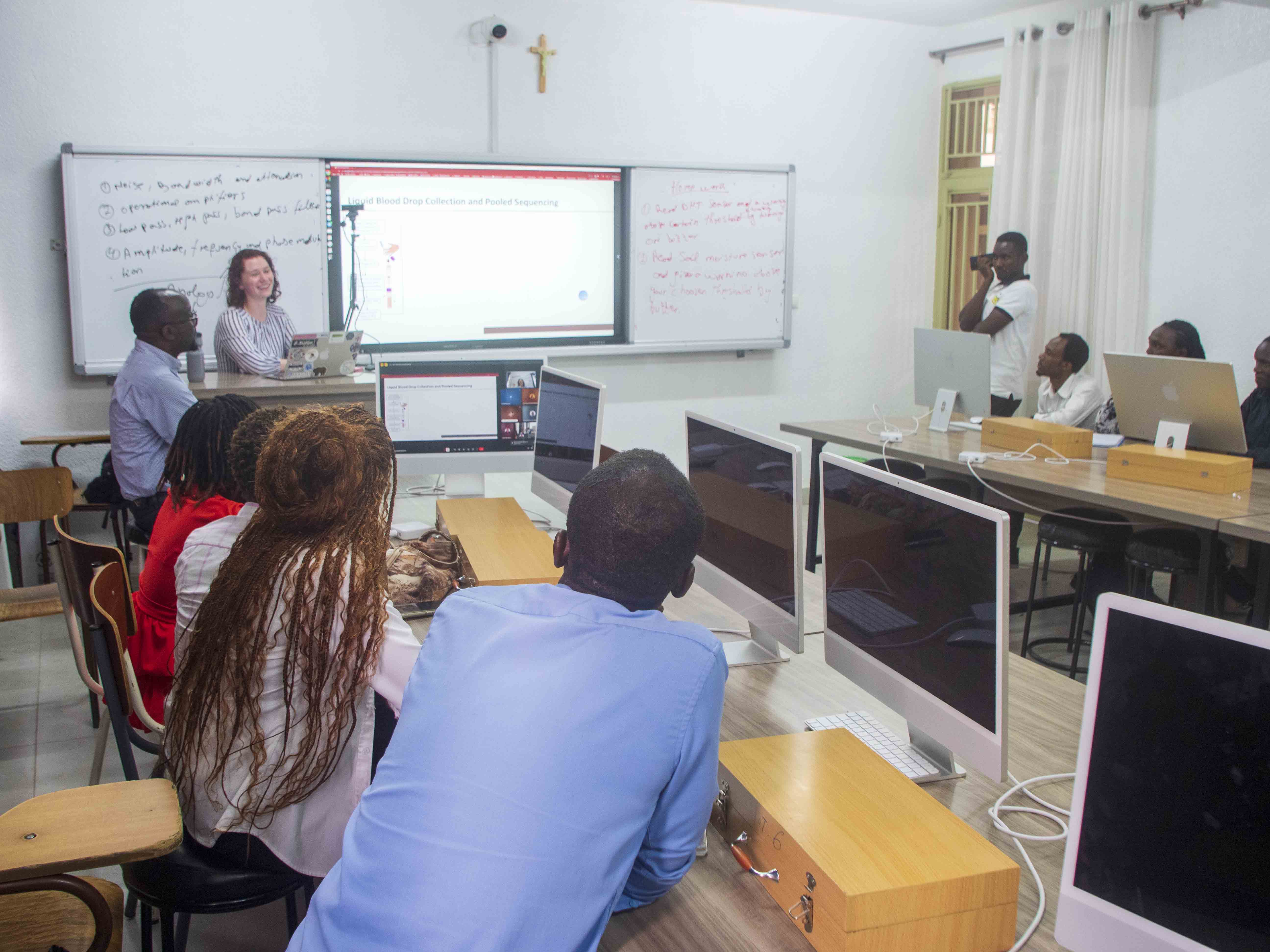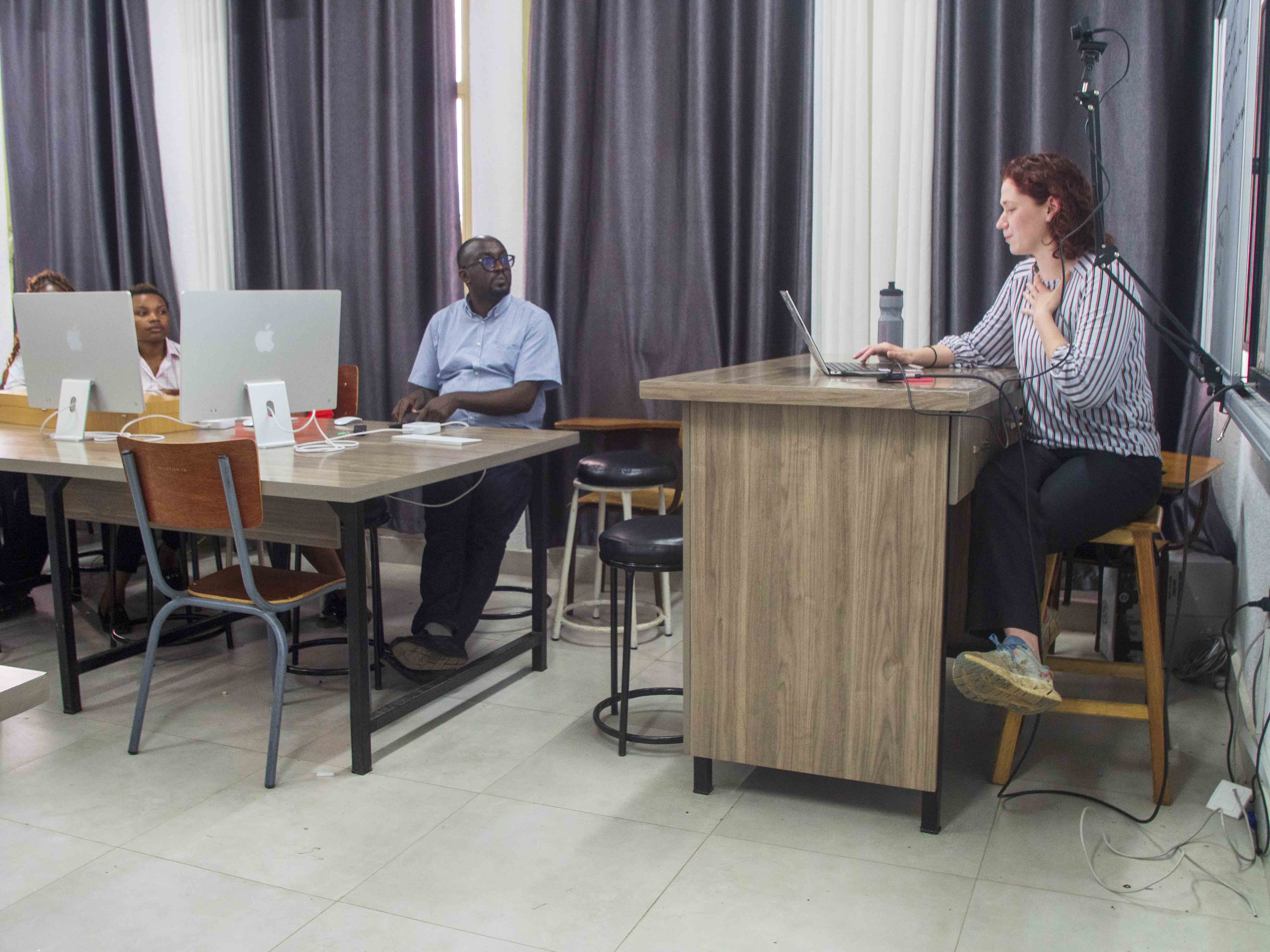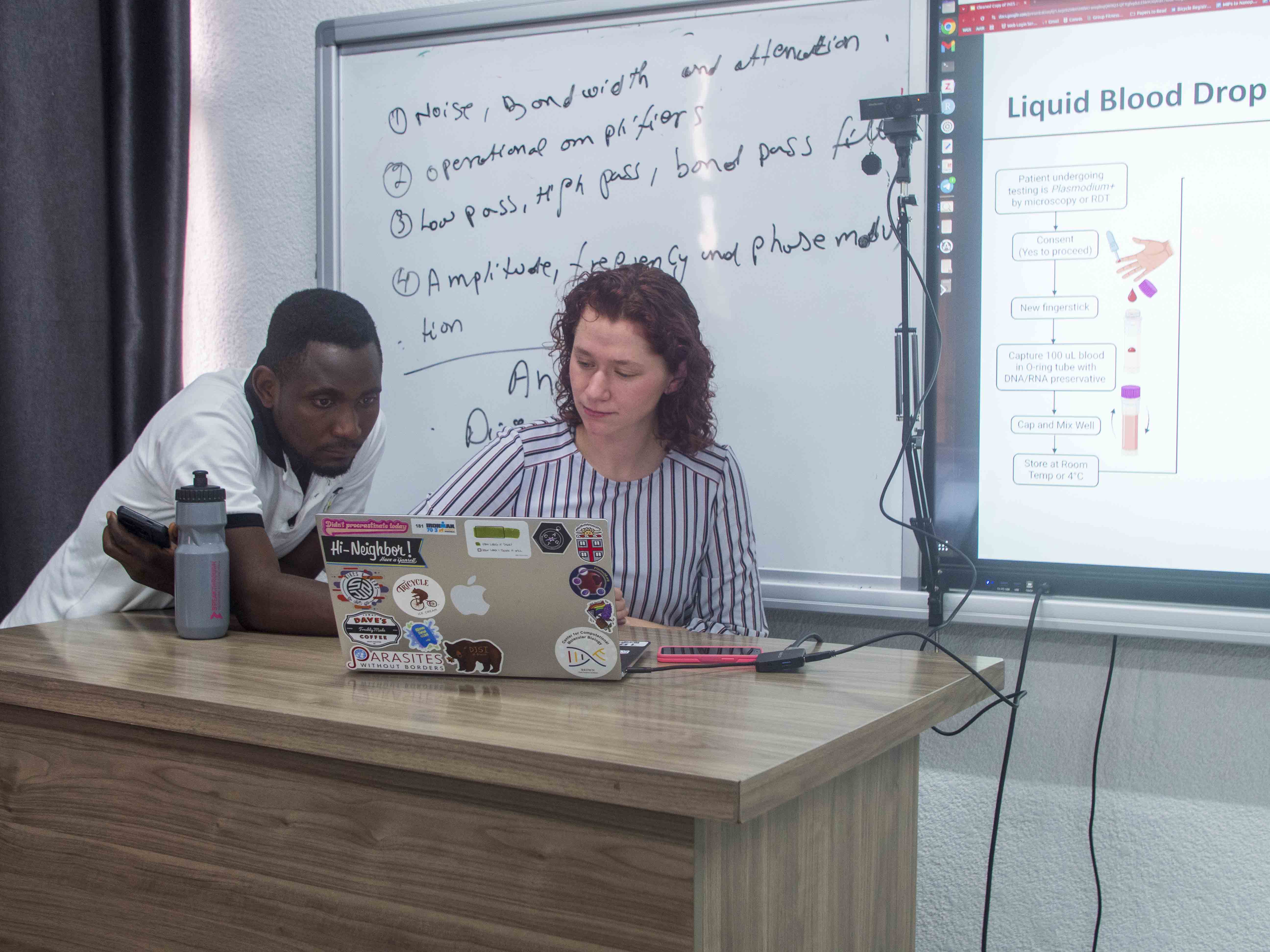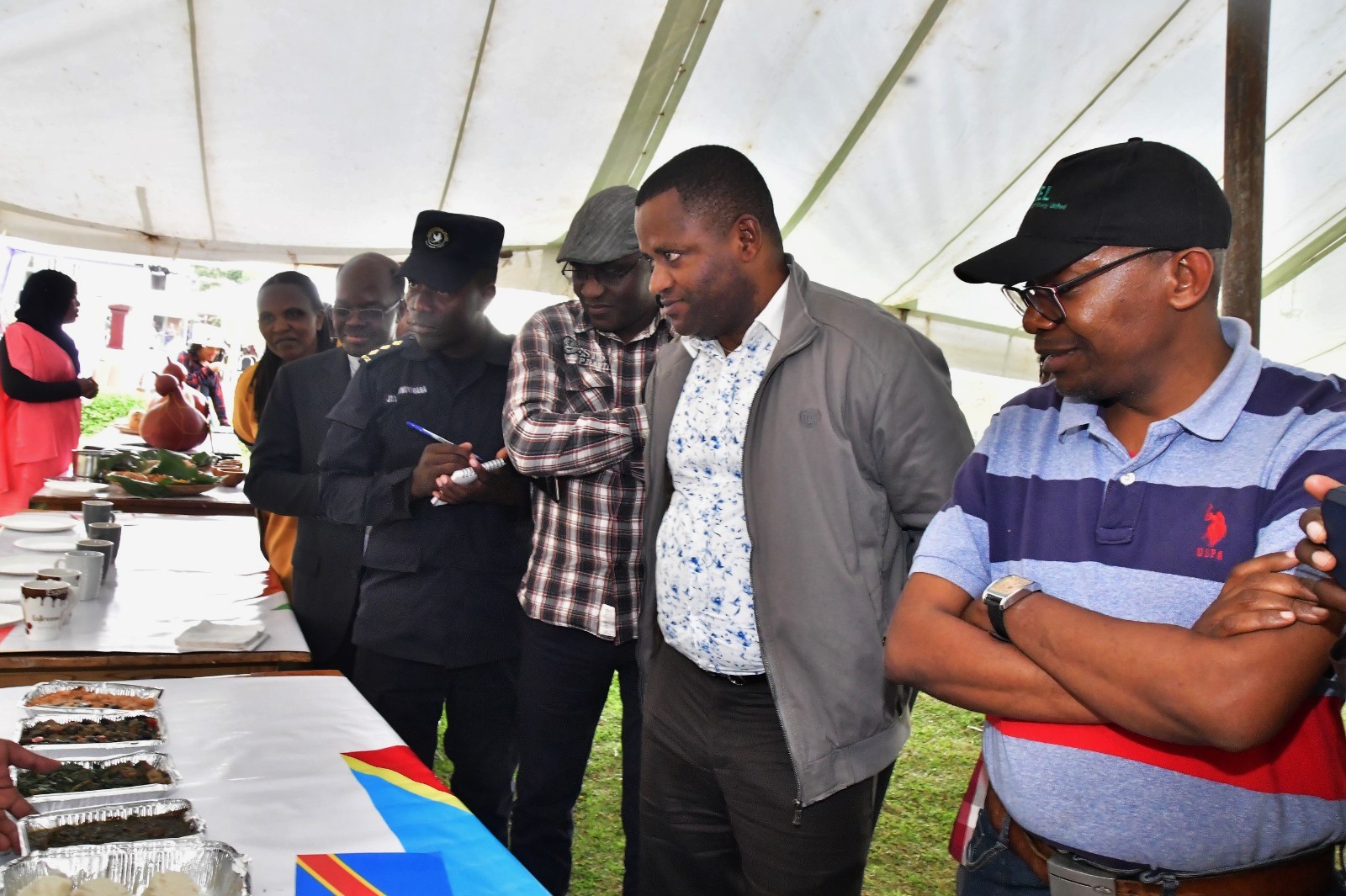Scientists Sound Alarm on Malaria Drug Resistance in Rwanda at INES-Ruhengeri Training
Researchers, health professionals, and university scientists gathered on June 12, 2025, at INES-Ruhengeri for a high-level training on the growing threat of artemisinin-resistant malaria in Rwanda, an urgent initiative aimed at strengthening molecular surveillance and public health preparedness using advanced genomic techniques.
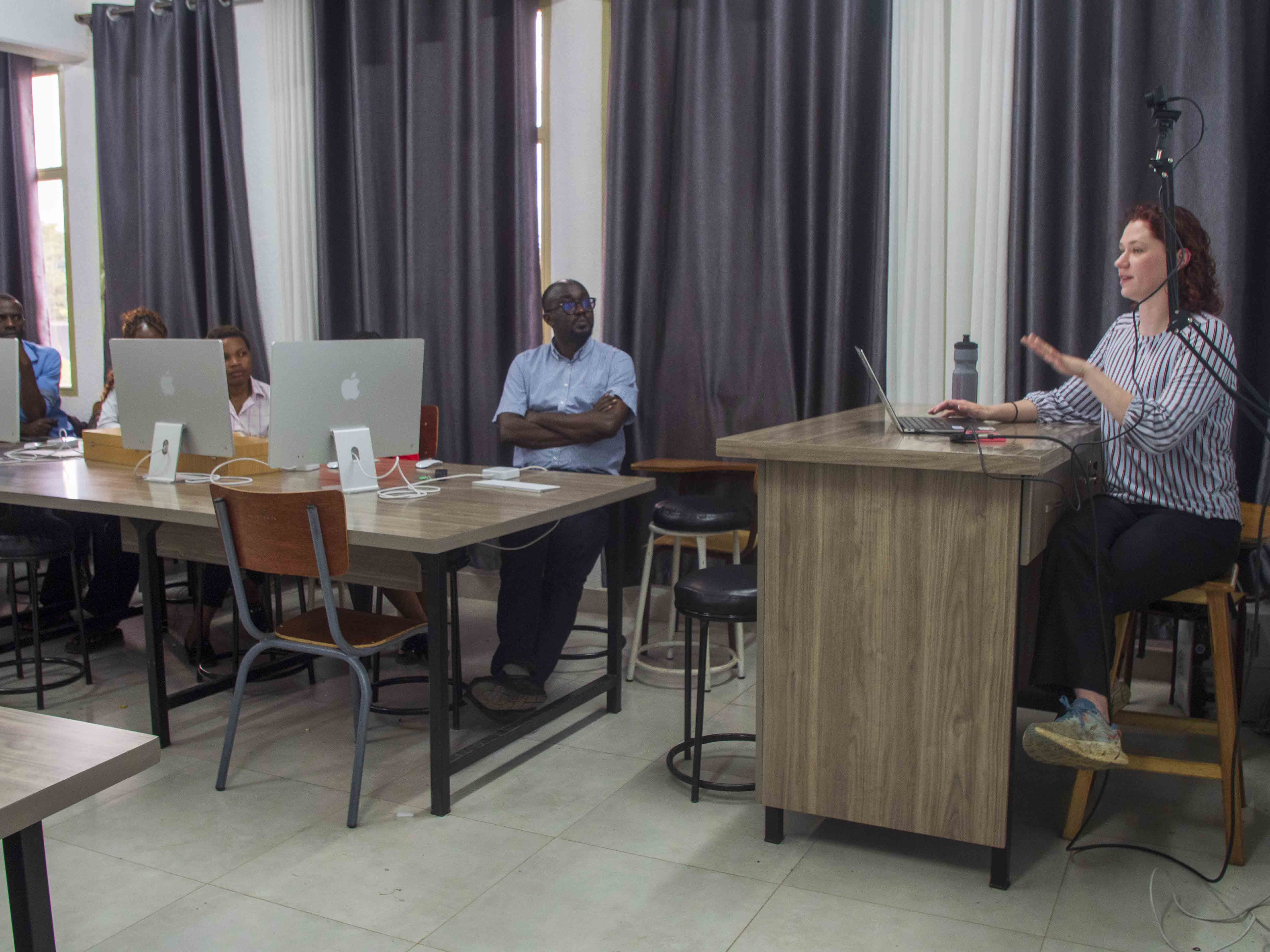
The training, led by Neeva Wernsman Young, ScM, from the Bailey Lab at Brown University, focused on
molecular surveillance techniques
used to detect and monitor resistance to artemisinin, the most widely used
antimalarial drug. Organized in collaboration with INES-Ruhengeri and
international partners, the session aimed to equip Rwandan scientists and
public health workers with the tools to identify mutations such as K13 561H, which are spreading rapidly
across East Africa.
“We’re now seeing confirmed cases of K13 561H in Rwanda, with evidence of further spread,” said Young. “This training is part of a regional effort to strengthen molecular surveillance and inform policy before resistance becomes widespread.”
Artemisinin-based combination therapies (ACTs)
have been the frontline treatment for malaria for over two decades. However,
new data presented during the training show an alarming trend: multiple
validated K13 gene mutations, including 561H, 675V, and
469Y have been confirmed in
Rwanda, Uganda, and the Horn of Africa.
In Rwanda, sequencing data from Gisenyi showed a 2.7% prevalence of the 561H mutation. Just across the border in Goma, DRC, no such mutations were detected, raising questions about transmission patterns and the role of environmental or public health barriers.
Participants were introduced to modern
molecular techniques such as MIP
(Molecular Inversion Probe) sequencing, whole genome sequencing, and the use of liquid blood samples for better genetic
data recovery. Discussions included how these tools allow researchers to track
the evolution and spread of resistant malaria strains in real time.
The training also addressed computational tools like MIPTools and miplicorn, which streamline the analysis of genetic data and can be adapted for local labs. Access to sequencing platforms like Illumina MiSeq and PromethION P2 is expanding across the continent, including in Rwanda, Kenya, and Tanzania.
Recent studies in Tanzania and Uganda show
increasing frequencies of resistance markers, mirroring early patterns from
Southeast Asia, where ACT resistance first emerged. Modeling projections from
Imperial College London suggest that if
no action is taken, artemisinin
resistance could become widespread in sub-Saharan Africa within the next
decade.
“The spread of these mutations is accelerating,” noted Dr. Jean-Baptiste Mazarati, a lead collaborator at INES-Ruhengeri. “But with regional data-sharing and local scientific capacity, we can develop predictive models and adapt treatment policies before it's too late.”
Beyond Plasmodium falciparum, the training also highlighted growing concerns about non-falciparum species like P. vivax and P. ovale, which require different treatments and are increasingly being reported in East Africa. These developments complicate the malaria landscape and underscore the need for comprehensive surveillance.
This initiative is part of a multi-country
research project supported by the U.S.
National Institutes of Health (NIH) under an R01 grant led by Dr.
Jeff Bailey (Brown University), Dr.
Jean-Baptiste Mazarati (INES-Ruhengeri), and Dr. Jon Juliano (University of North Carolina). The
project brings together institutions from Rwanda, Tanzania, the DRC, Ghana,
Kenya, and the U.S., all working to understand the evolution, spread, and
impact of artemisinin resistance in Africa.
The program also includes a strong capacity-building component, helping
train the next generation of African scientists in genomics, bioinformatics,
and infectious disease research through platforms such as the Center for Genomic Bioinformatics (CGB)
at INES-Ruhengeri.
As artemisinin resistance continues to spread, the scientists at this workshop emphasized one central message: prevention through data, prediction through modeling, and protection through collaboration.

